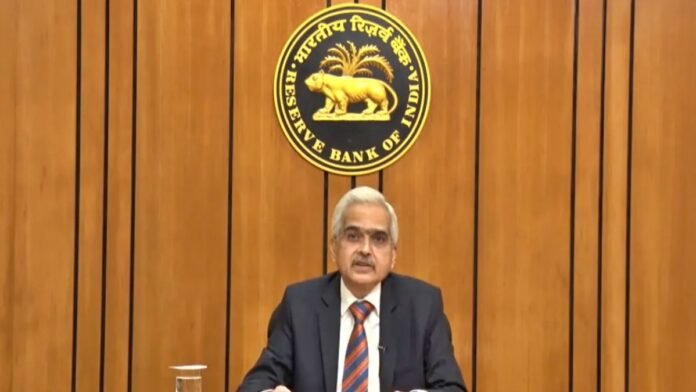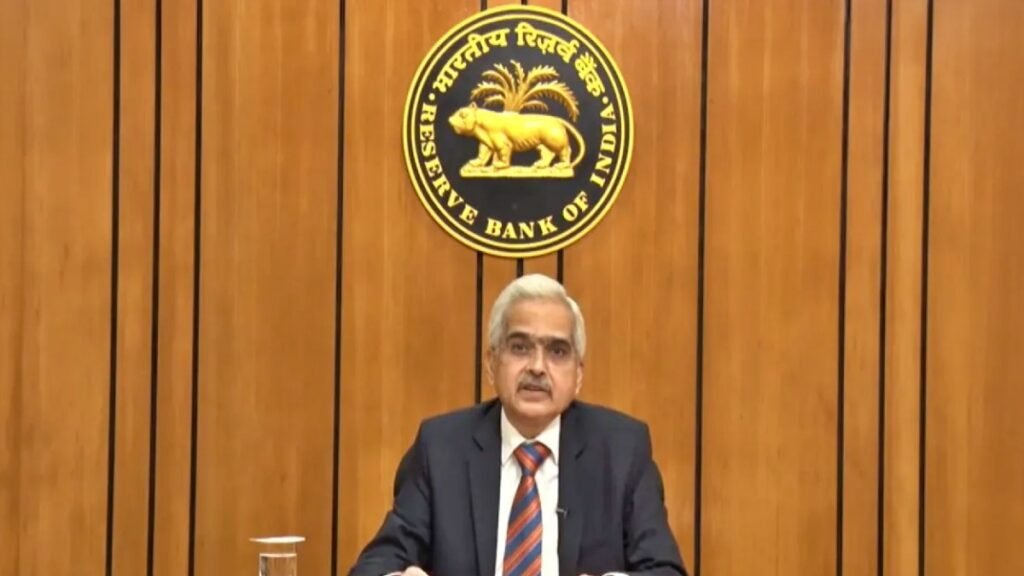
New Delhi: Ahead of the festive season, the Reserve Bank of India (RBI) has provided some relief to the common man by keeping the repo rate unchanged for the 10th consecutive time. Governor Shaktikanta Das, in his address following the RBI’s Monetary Policy Committee (MPC) meeting today, announced that there would be no change to the current repo rate, which has remained at 6.5% since February 2023. This decision marks a continuation of the bank’s policy stance since May 2022, during which the repo rate was raised by 2.50% over the course of nine months to curb inflationary pressures.
Despite expectations that the RBI might follow the lead of the European Central Bank and the U.S. Federal Reserve, both of which recently adjusted interest rates, the central bank opted to hold steady. Experts had predicted this outcome, citing persistently high retail inflation and ongoing geopolitical tensions in West Asia, which are likely to impact global crude oil and commodity prices.
Inflation and Crude Oil Concerns Shape Policy
The RBI’s decision is largely influenced by concerns over inflation, which remains elevated despite some relief in recent months. With the ongoing crisis in West Asia threatening to further escalate oil prices, the central bank has opted for caution, focusing on maintaining price stability. Retail inflation is still a concern, and experts suggest that any rate cut is more likely to happen later this year or early in 2025.
Experts believe that there is a possibility of repo rate cuts in the December 2024 or February 2025 MPC meetings, but this will depend on inflationary trends and GDP growth in the coming months. The government has tasked the RBI with keeping Consumer Price Index (CPI) inflation around 4%, with a margin of two percentage points. The first quarter of the current fiscal year has seen GDP growth below expectations, while inflation was lower in the second quarter, adding to the complexity of the central bank’s decision-making process.
Neutral Policy Stance and Economic Outlook
In a shift of stance, the RBI’s MPC decided to adopt a ‘neutral’ policy stance in its latest meeting, signaling a potential shift in the direction of monetary policy. Five out of six committee members voted in favor of keeping the policy rate unchanged. Governor Das emphasized that, despite global challenges, India’s economic fundamentals remain strong, with the GDP growth forecast for FY 2024-25 maintained at 7.2%. The central bank also reiterated its forecast of 4.5% retail inflation for the same period.
The decision to maintain the repo rate at 6.5% is expected to provide stability for borrowers, as there is little chance of any immediate change in Equated Monthly Installments (EMIs) on loans, including home and vehicle loans. The status quo on the repo rate offers a breather for households grappling with inflationary pressures and rising living costs.
What is the Repo Rate?
The repo rate is the interest rate at which commercial banks borrow funds from the central bank to meet short-term liquidity needs. It is a key tool used by the RBI to control inflation. By adjusting the repo rate, the RBI influences the cost of borrowing and lending in the economy, which in turn impacts consumer spending, investment, and inflation.

Governor Das assured that, despite external challenges, the Indian economy remains resilient, and the central bank is committed to supporting growth while keeping inflation in check. Looking ahead, all eyes are on the December 2024 policy review, where experts predict a possible repo rate cut of 0.25%, provided inflationary pressures ease.
With the RBI maintaining a steady hand on interest rates, the central bank aims to strike a delicate balance between curbing inflation and sustaining economic growth, as the country navigates both domestic and global uncertainties.


















































